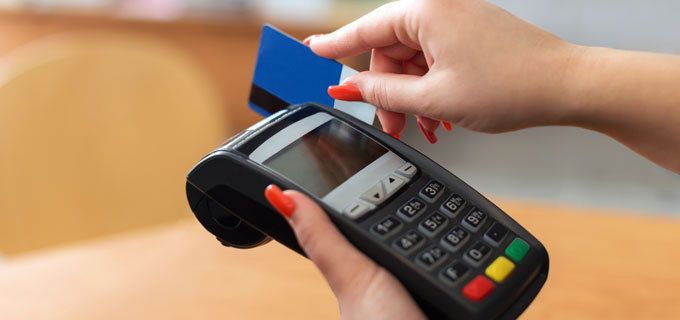ATM statistics – are we slipping back into our old ways?
The introduction of ATM direct charging in March 2009 has been one of the more public experiments in consumer behaviour within Australian retail payments. With three and a half years of statistics now available, we are developing a clearer view of its impact.
On the supply side, direct charging has accompanied a rise in the number of ATMs. There were 25,000 ATMs in Australia in mid-2008 and now there are over 30,000.
Despite more ATMs, direct charging has also seen a contraction in the number of withdrawals, with a drop by about 30 million withdrawals between 2008-09 and 2009-10. While this decline coincides with the GFC, the average withdrawal amount rose slightly during this period - suggesting slightly fewer but slightly larger withdrawals from ATMs as a response to direct charging.

